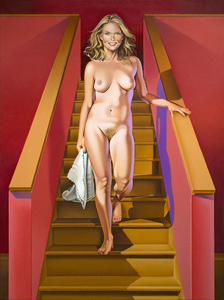טום וסלמן(1931-2004)
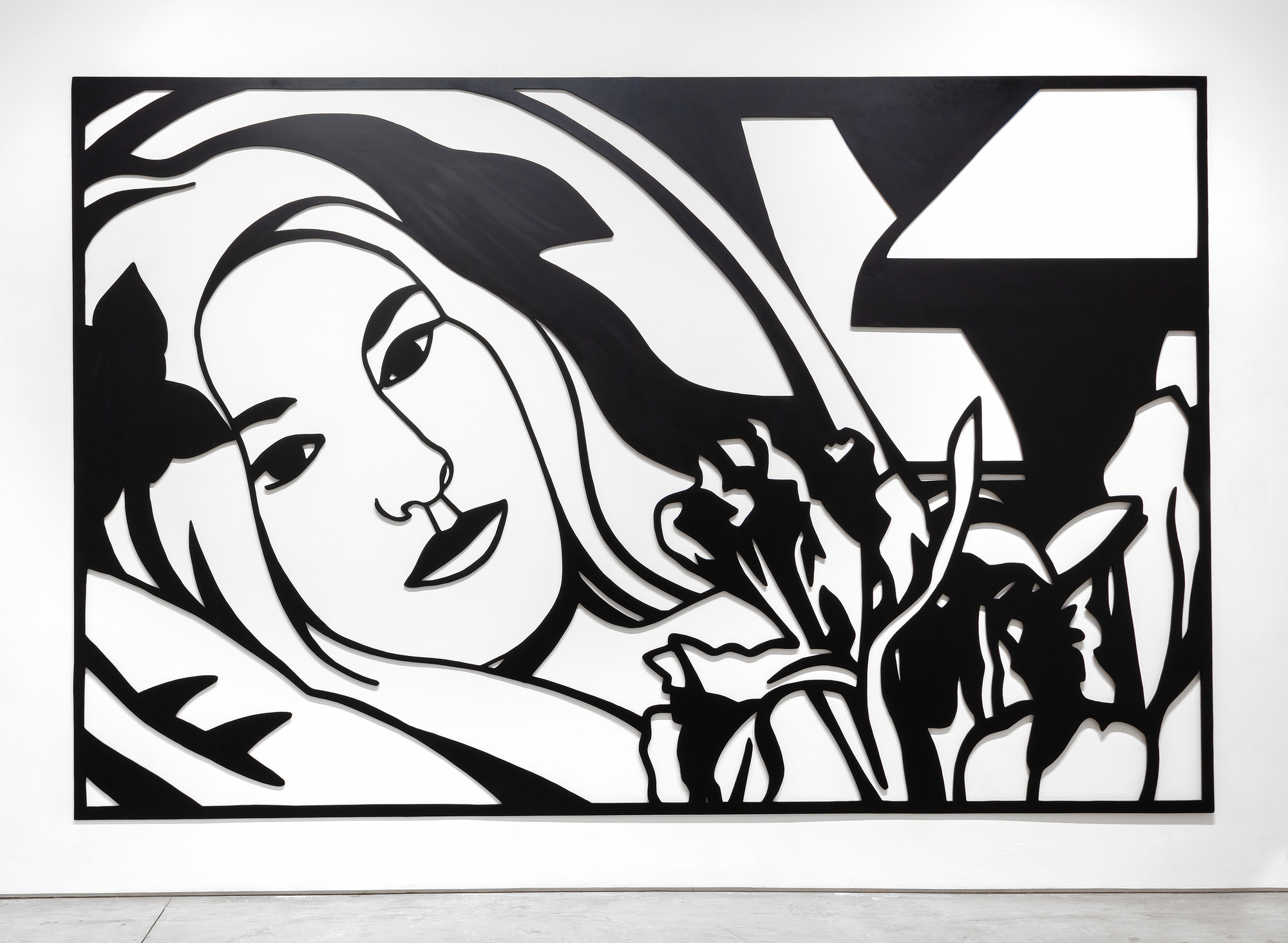
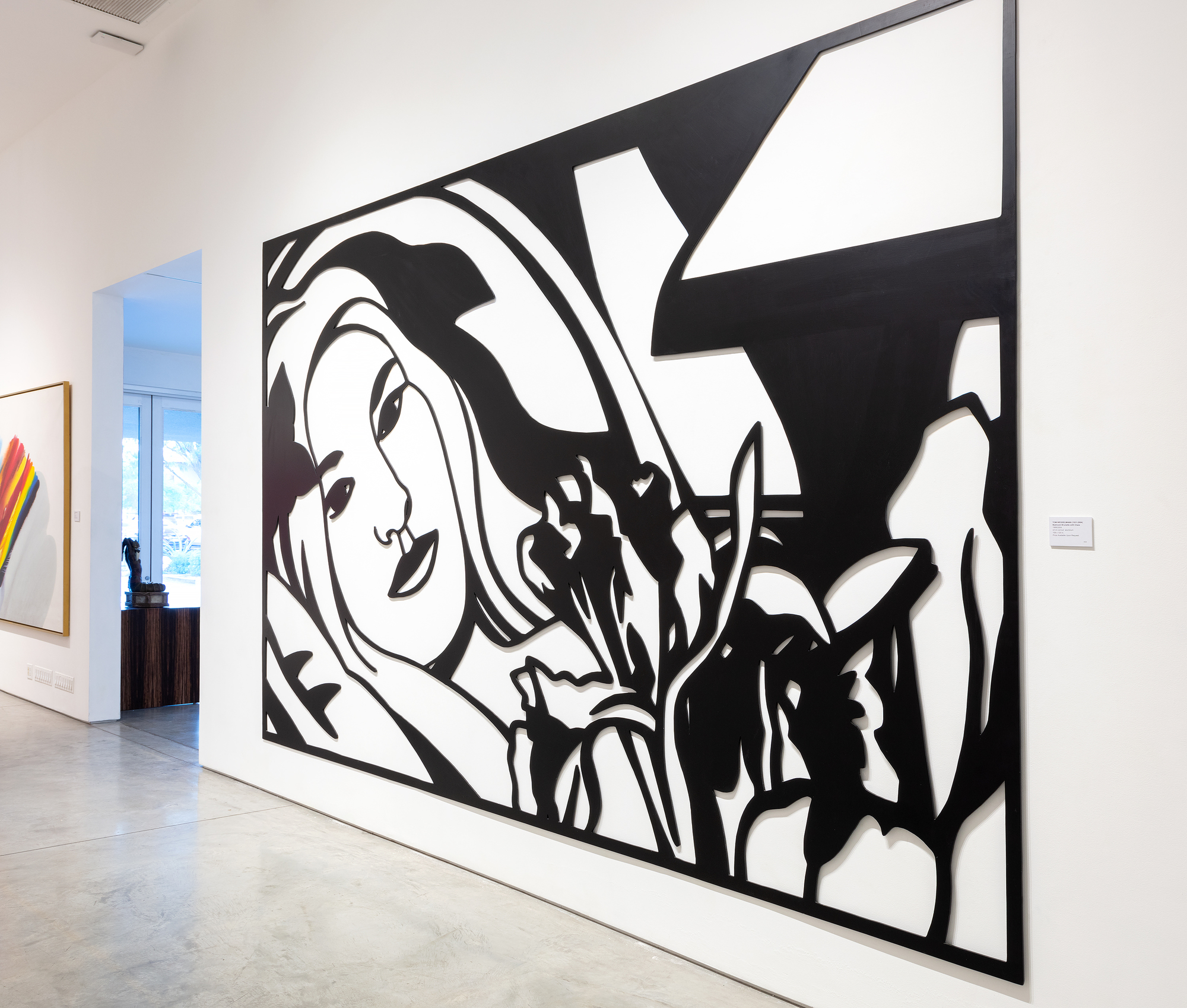
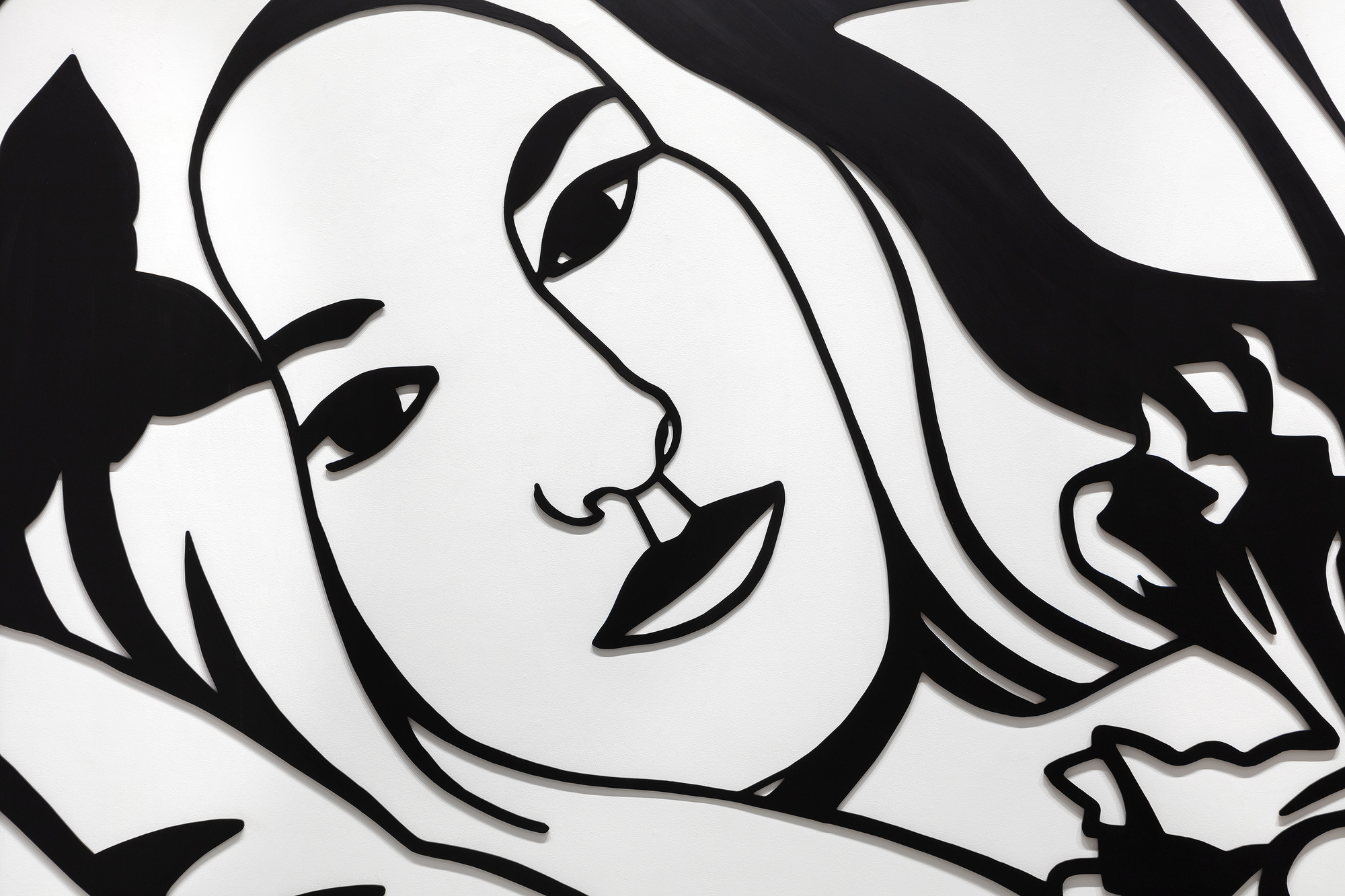
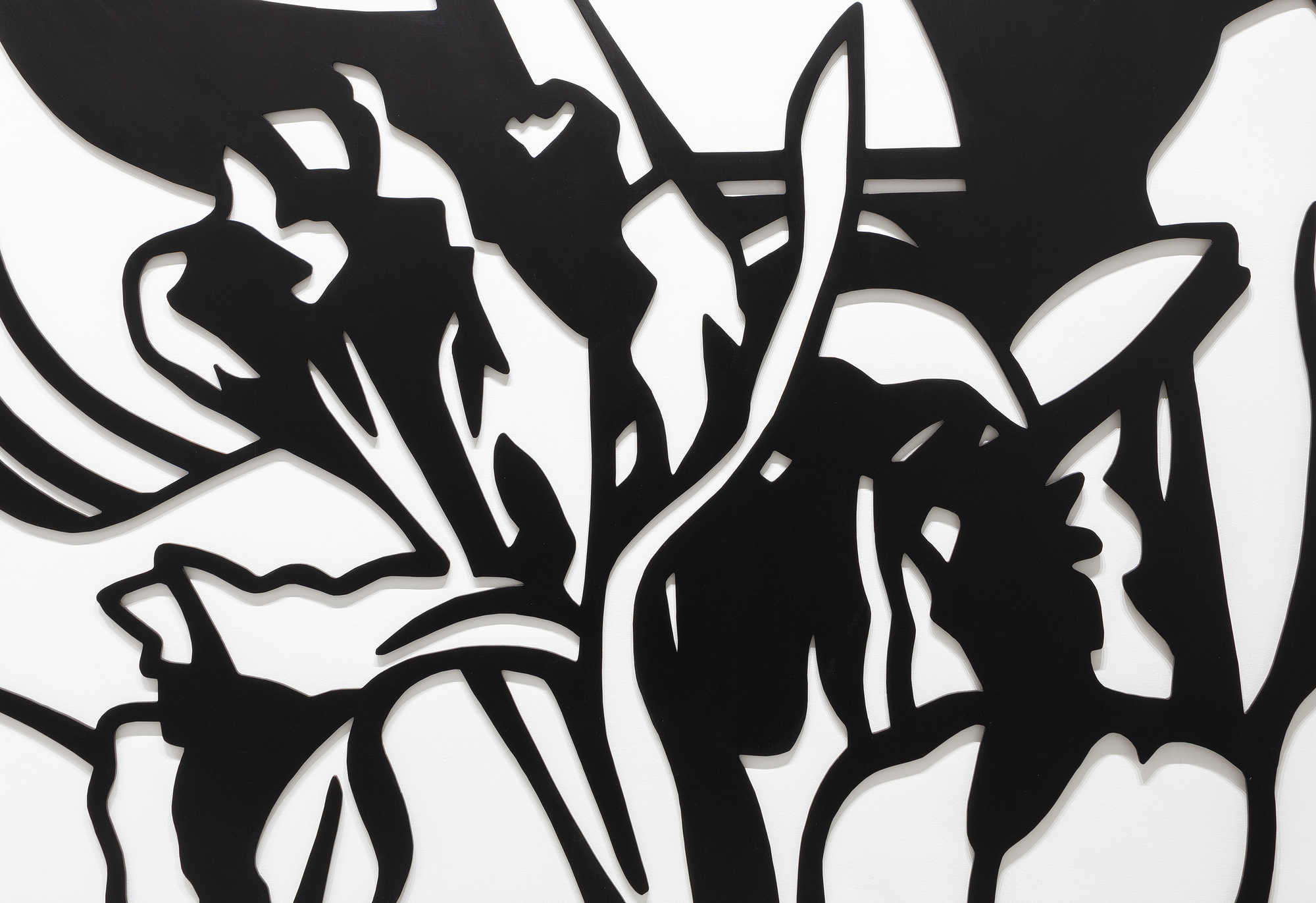
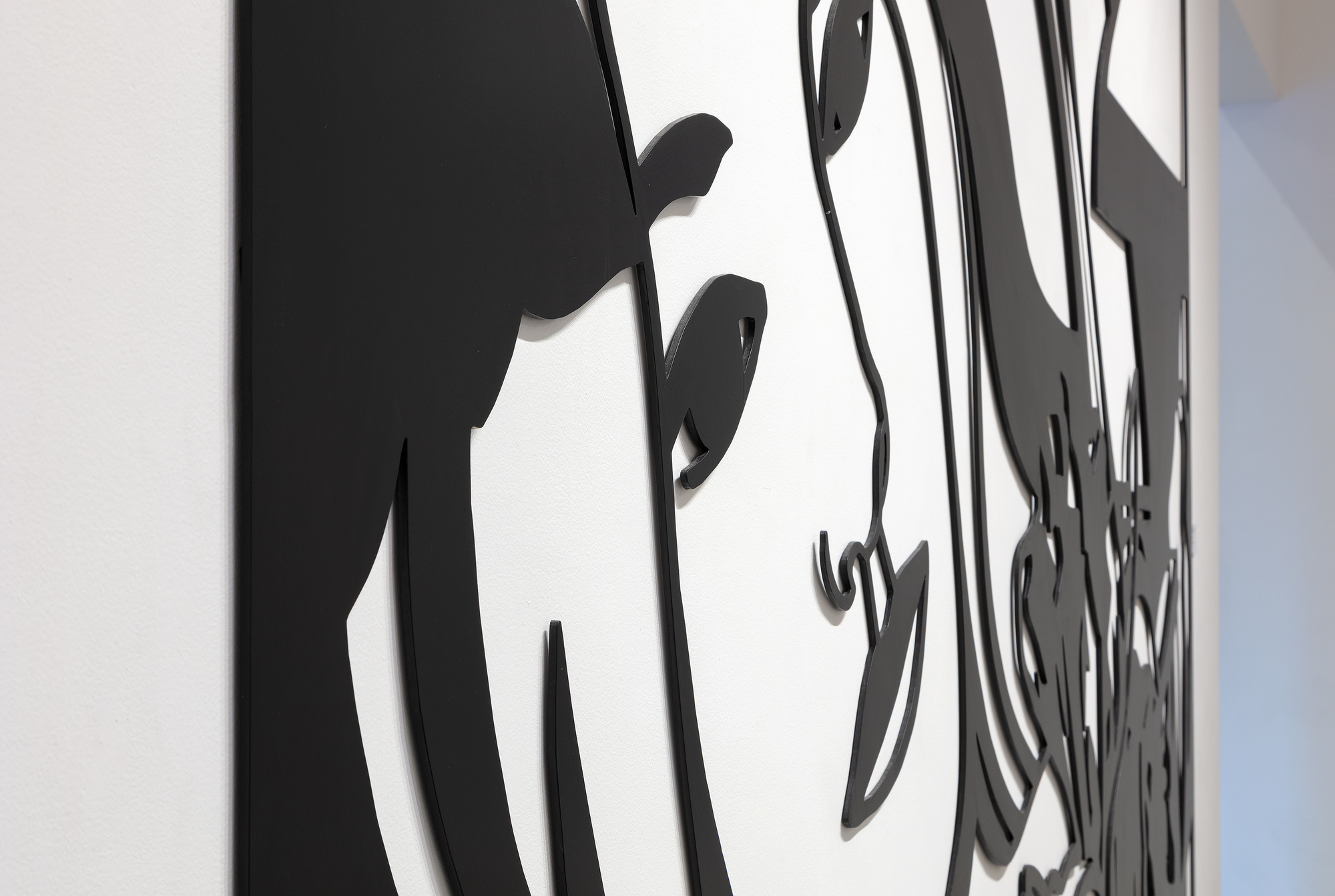
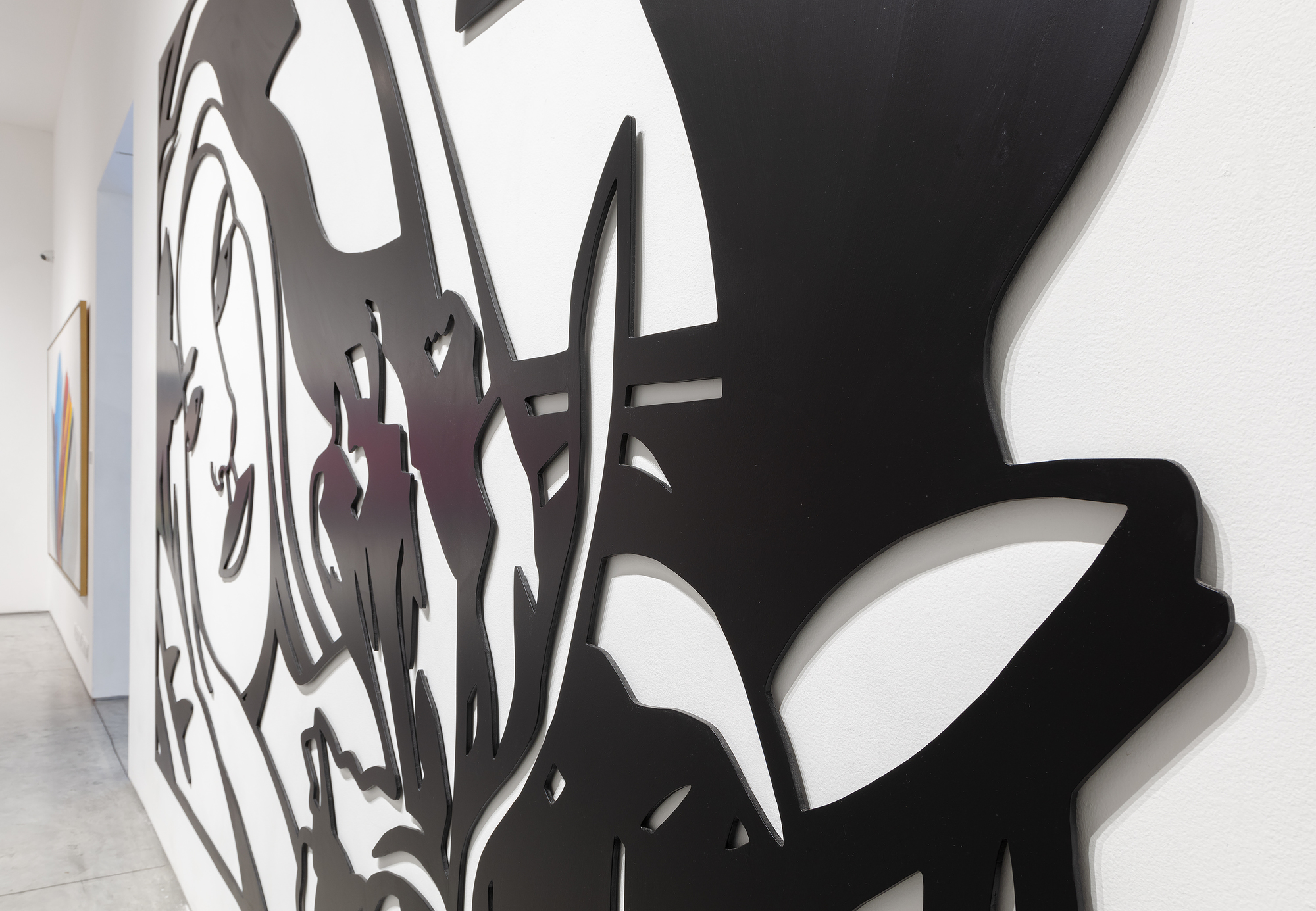
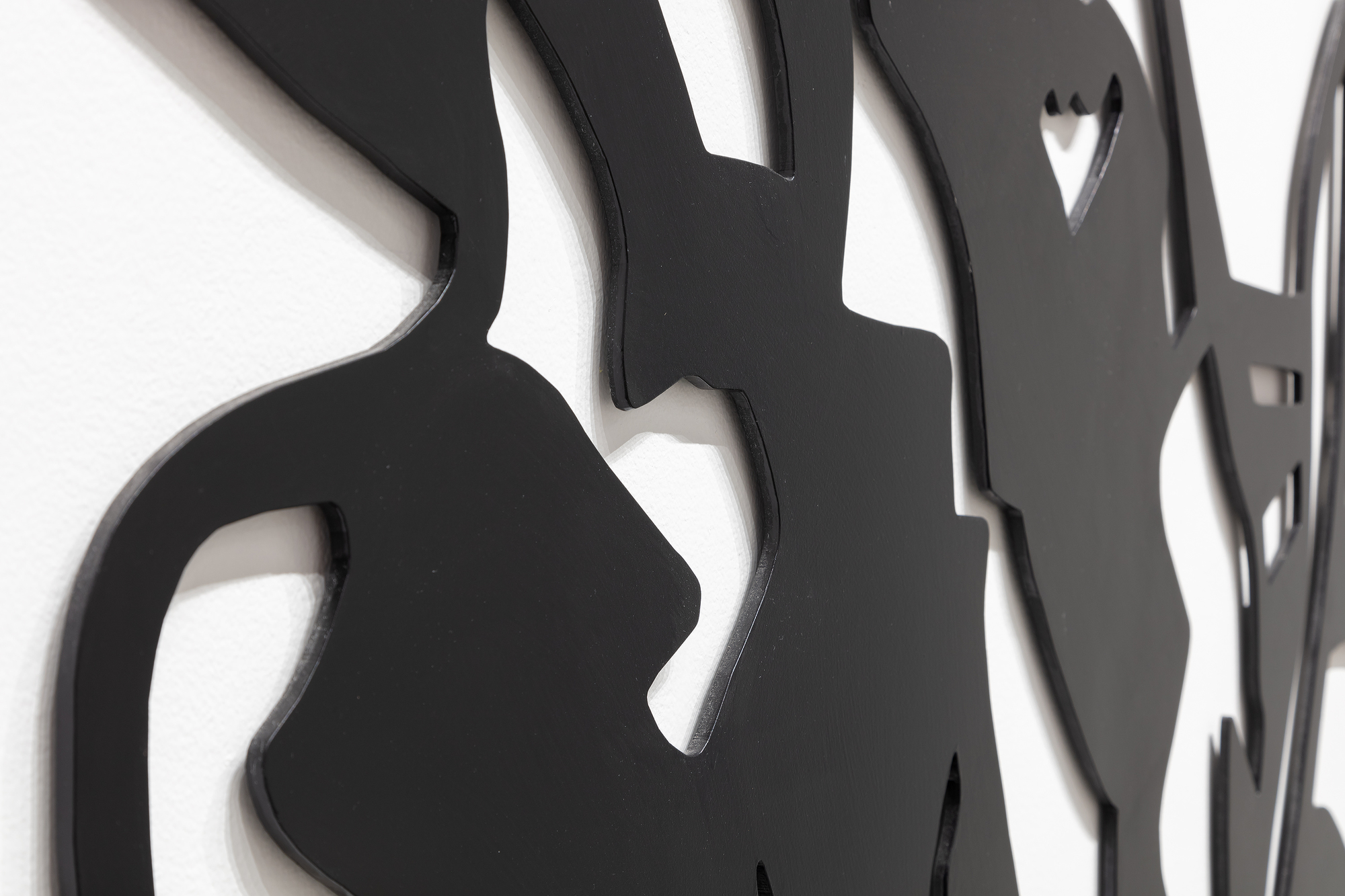
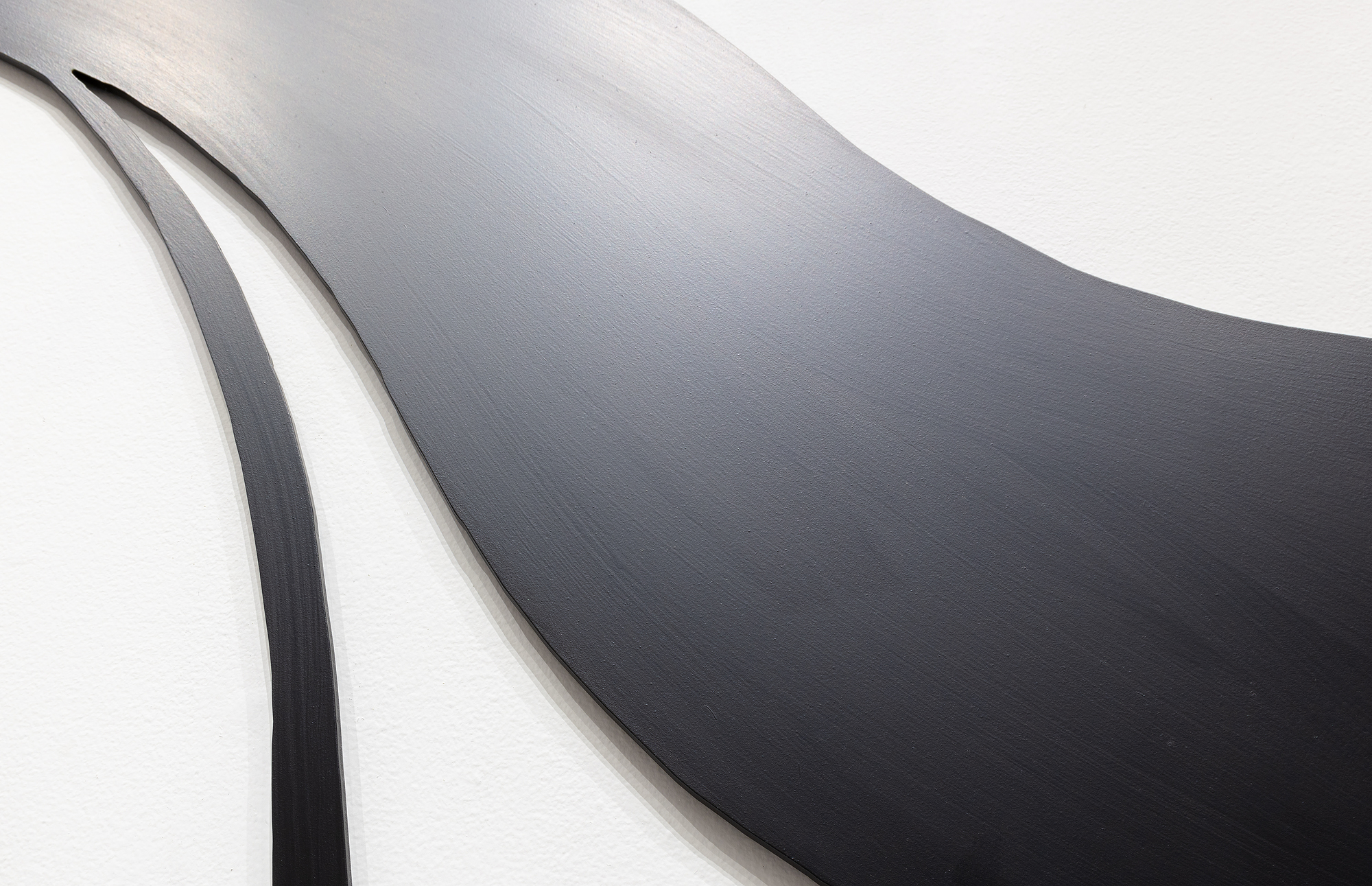
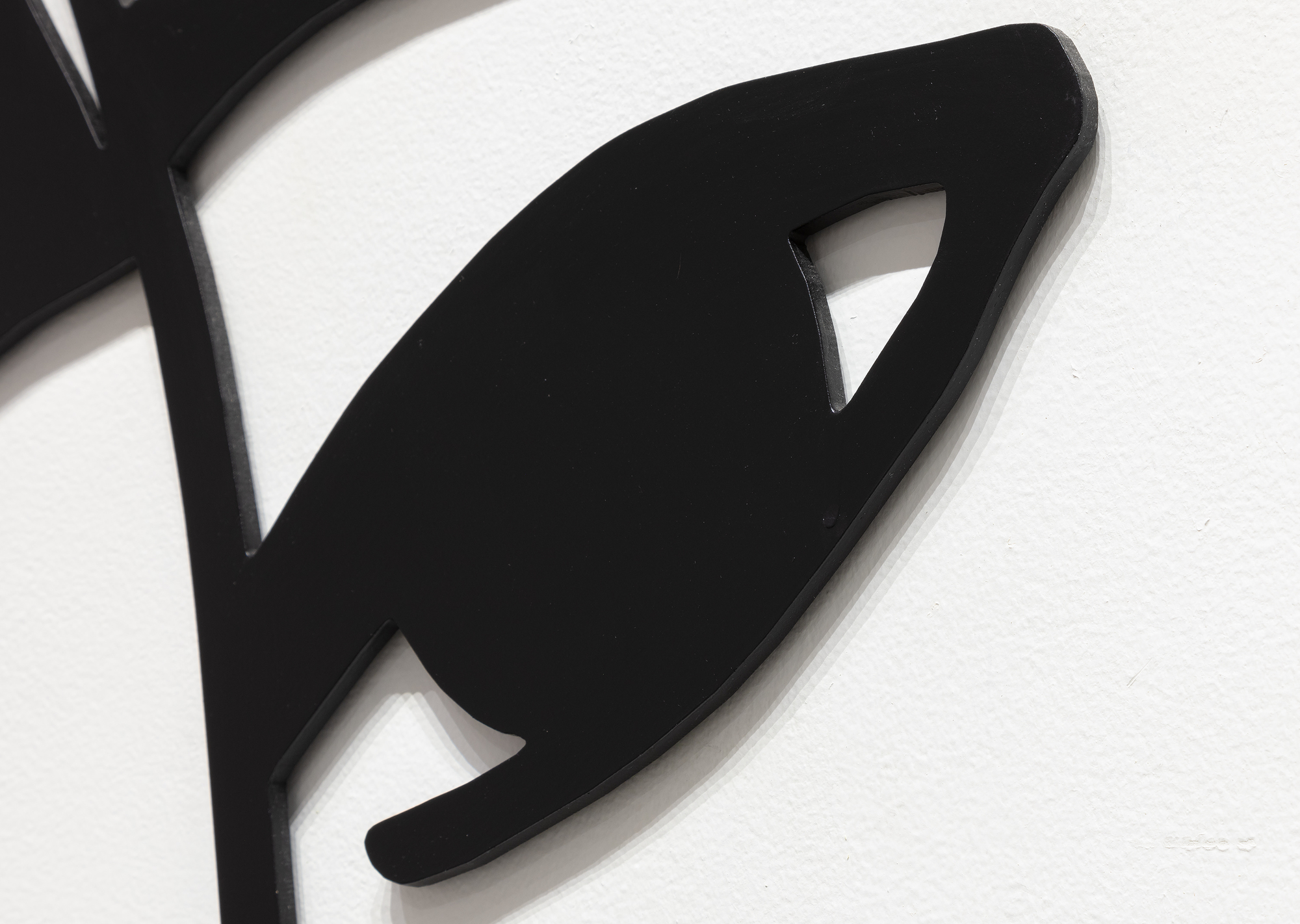
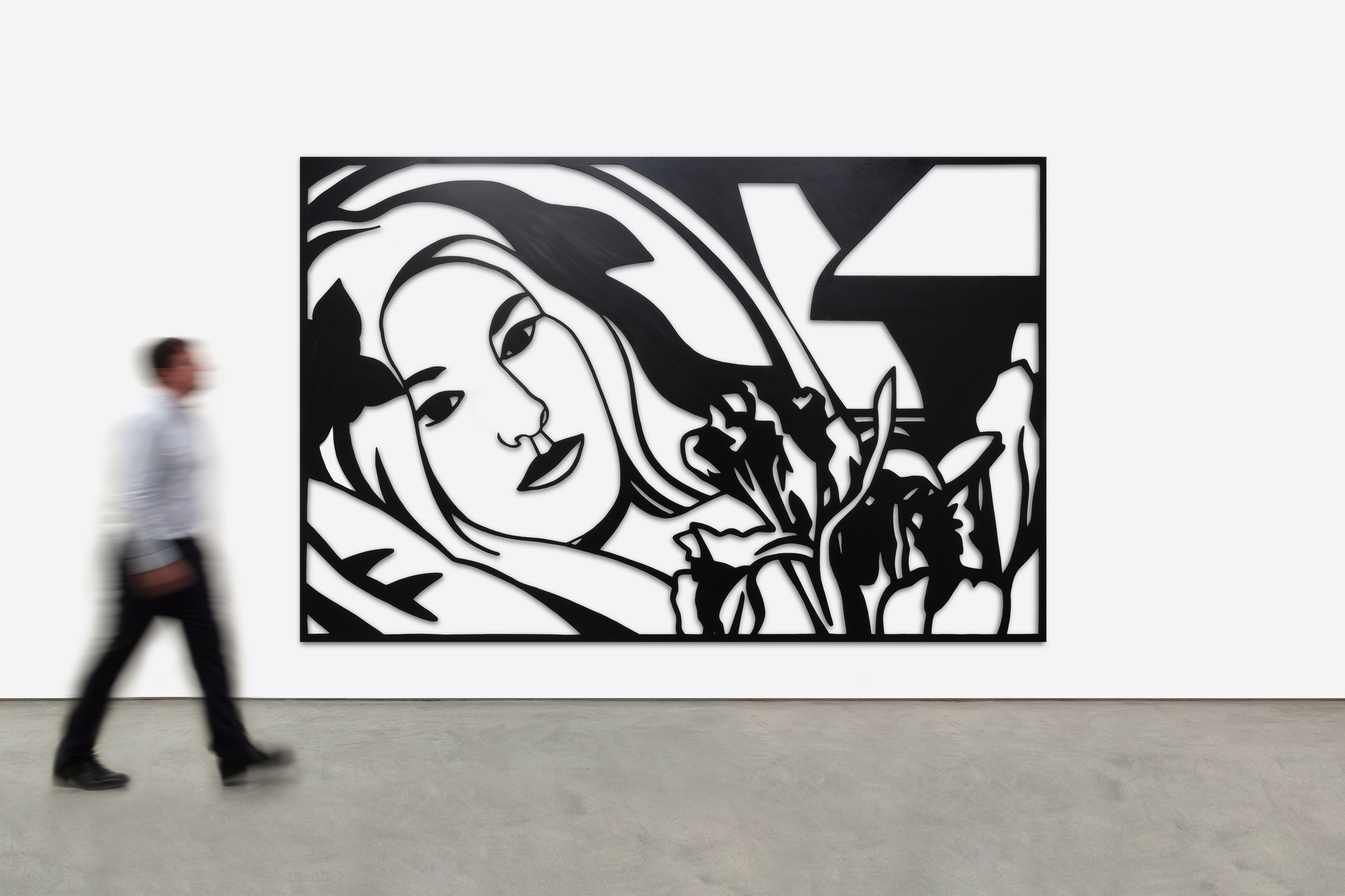
מקור ומקור
גלריית רוברט מילראוסף פרטי, ניו יורק, 2004
תערוכה
ווסלמן, ט', אקווין, ס', מוזיאון מונטריאול לאמנויות יפות (2012). תום ווסלמןמינכן: פרסטל
ניו יורק, גלריה רוברט מילר, טום ווסלמן: עירום שקיעה, 9 במרץ - 22 באפריל 2006 (חולה צבע)
רומא, Museo d'Arte Contemporanea Roma, טום ווסלמן, 8 ביוני - 18 בספטמבר 2005 (צבע, עמ' 174-75)
ספרות
ג'ון וילמרדינג, טום ווסלמן: קולו וחזונו (ניו יורק: הוצאת ריזולי הבינלאומית, 2008), עמ' 253 (צבע חולה, עמ' 248-49, כ"חדר השינה ברונטית w... עוד...אית'ה איריסים, 1988/04")... פחות...
היסטוריה
טום וסלמן ייזכר ללא ספק כמי שקשר את הנושאים הארוטיים שלו לצבעי הדגל האמריקאי. אבל לווסלמן היו מתנות לא מבוטלות כשרטט, והקו היה עיסוקו העיקרי, תחילה כקריקטוריסט ואחר כך כמעריץ נלהב של מאטיס. העובדה שהוא גם היה חלוץ בשיטה של הפיכת רישומים לתבליטי קיר פלדה בחיתוך לייזר הוכיחה את עצמה כהתגלות. הוא החל להתמקד יותר ויותר ברישום לשם ציור, הקסים מכך שניתן להרים את המדיום החדש ולהחזיק אותו: "זה באמת כמו להיות מסוגל להרים ציור קו עדין מהנייר".
רישומי הפלדה גרמו להתרגשות ולבלבול בעולם האמנות. לאחר שרכש את אחת העבודות פורצות הדרך ב-1985, כתב מוזיאון ויטני לאמנות אמריקאית את וסלמן ותהה אם יש לקטלג אותה כרישום או כפסל. העבודה עוררה סערה כה רבה, שכאשר אריק פישל ביקר את וסלמן בסטודיו שלו וראה לראשונה עבודות בחיתוך פלדה, הוא נזכר שחש קנאה. הוא רצה לנסות את זה אבל לא העז. זה היה ברור: 'טום היה הבעלים של הטכניקה לחלוטין'.
וסלמן חייב חלק גדול מהטכניקה הזו לשיתוף הפעולה בן השנה שלו עם יצרן עבודות המתכת אלפרד ליפינקוט. יחד, בשנת 1984 הם חידדו שיטה לחיתוך הפלדה בלייזר שסיפקה את הדיוק הדרוש לו כדי להראות את הספונטניות של הרישומים שלו. ווסלמן כינה אותה "השנה הטובה ביותר בחיי", והתלהב מהתוצאות שמעולם לא השיג במלואן עם אלומיניום שדרש שכל צורה תיחתך ביד. "ציפיתי כמה מרגש יהיה עבורי לקבל ציור בחזרה בפלדה. יכולתי להחזיק אותו בידיים. יכולתי להרים אותו לפי הקווים. . . זה היה כל כך מרגש. . . סוג של כמעט אקסטזה, בכל מקרה, אבל באמת היה משהו בעבודה החדשה שתפס אותי".
עודתובנות שוק
- מאז 1976 צמח השוק של וסלמן עם תשואה שנתית של 5.6%.
- חדר שינה ברונטית עם איריסים היא בין העבודות הגדולות ביותר של האמן לבוא על השוק
- וסלמן הגה את היצירה הזו ב-1988 ומצא אותה ב-2004, רגע לפני מותו בדצמבר של אותה שנה - היא בין יצירותיו הגדולות האחרונות.
- הדמויות הנשיות של וסלמן הן בין הנושאים הנחשקים והמבוקשים ביותר שלו
- יצירה זו נמצאת באותו אוסף פרטי מאז שהיא נוצרה.
תוצאות מובילות במכירה פומבית
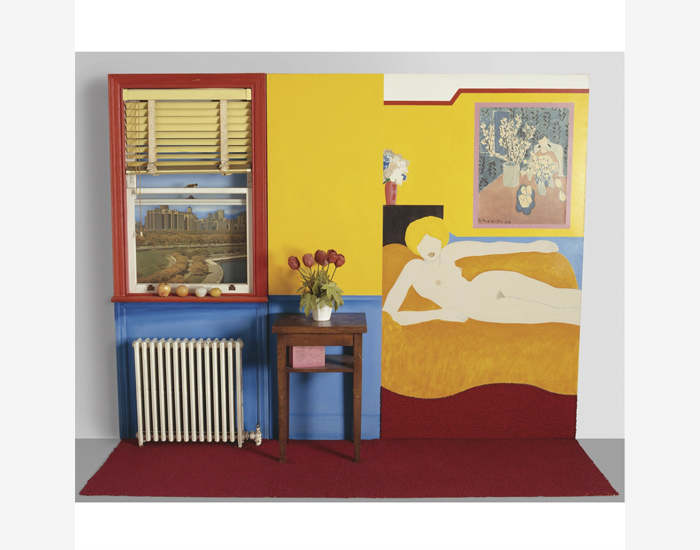
"עירום אמריקאי גדול מס' 48" (1963) נמכר ב-10,681,000 דולר.
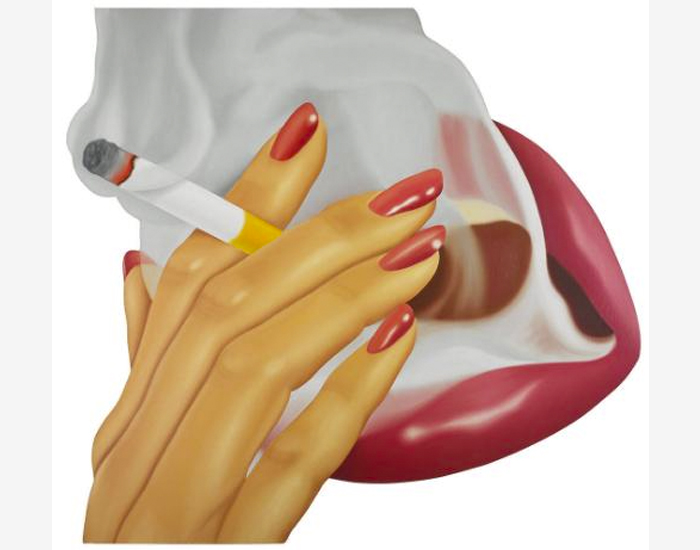
"מעשן #9" (1973) נמכר ב-6,761,000 דולר.

"מעשן #17" (1973) נמכר ב-5,864,000 דולר.
עבודות דומות שנמכרו במכירה פומבית

"טבע דומם עם ארבע ליזות" (1991) נמכר ב-2,070,000 דולר.
- מדיום דומה, והיצירה שלנו יותר מכפליים מהגודל של זה
- אמנם יש לו צבע, אבל אין לו את אותם דימויים נשיים כי הוא כל כך איקוני בתוך יצירתו של וסלמן
- נמכר ביותר מ-2 מיליון דולר שזה 380 דולר לאינץ' מרובע, בעוד שחדר השינה ברונטית עם איריסים עולה רק 115 דולר לאינץ' מרובע, שזה 1/3 מהמחיר הכולל
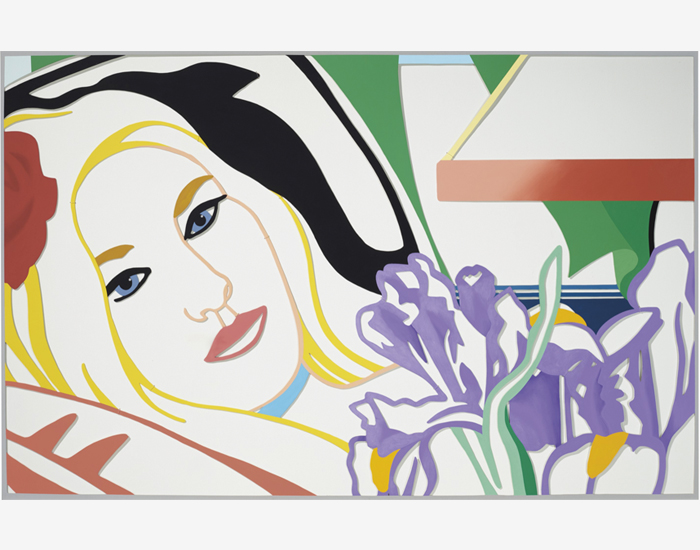
"בלונדינית עם איריס" (1987) נמכר ב-399,000 דולר.
- יצירת אמנות זו היא 1/3 מהגודל שלנו עם אותם דימויים
- נמכר בנובמבר 2019 תמורת 399,000 דולר שהיה יותר מכפול מההערכה הגבוהה שלו בסך 180,000 דולר, עדות להתחזקותו הגוברת של השוק של וסלמן

"ציור הפוך: בלונדינית עם אירוסים" (1993) ב-489,428 דולר.
- נושא דומה, אם כי רק עבודה על נייר וחצי מגודל היצירה שלנו
- נמכר בכמעט חצי מיליון דולר בפברואר 2020
עבודות באוספי מוזיאונים
מוזיאון ויטני לאמנות, ניו יורק
מוזיאון סמית'סוניאן לאמנות אמריקאית, וושינגטון די.C.
המכון לאמנות של שיקגו
משאבים נוספים
מעבר לפופ ארט
אמן הפופ המפורסם ביותר שאתה לא מכיר
העירום האמריקאי הגדול של טום ווסלמן #53
לברר
אתה יכול גם לאהוב




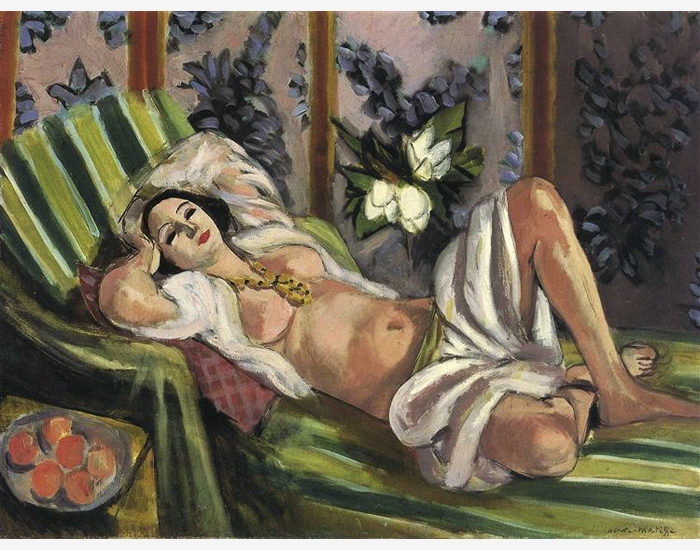








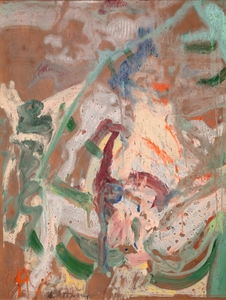
_tn28438.jpg )
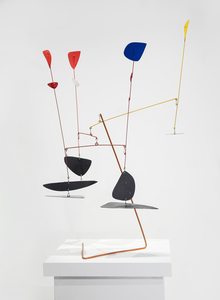
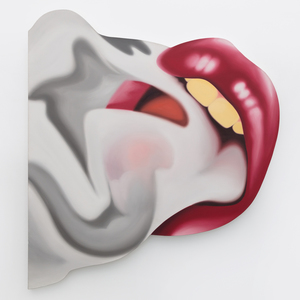
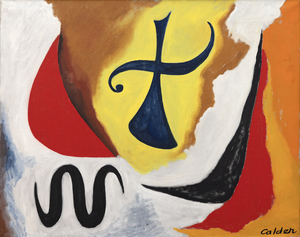

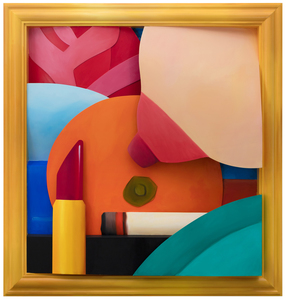
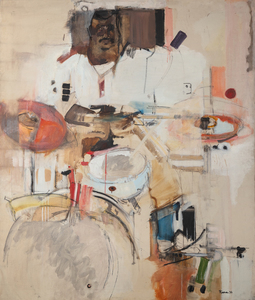
_tn27035.jpg )
_tn44121.jpg )
